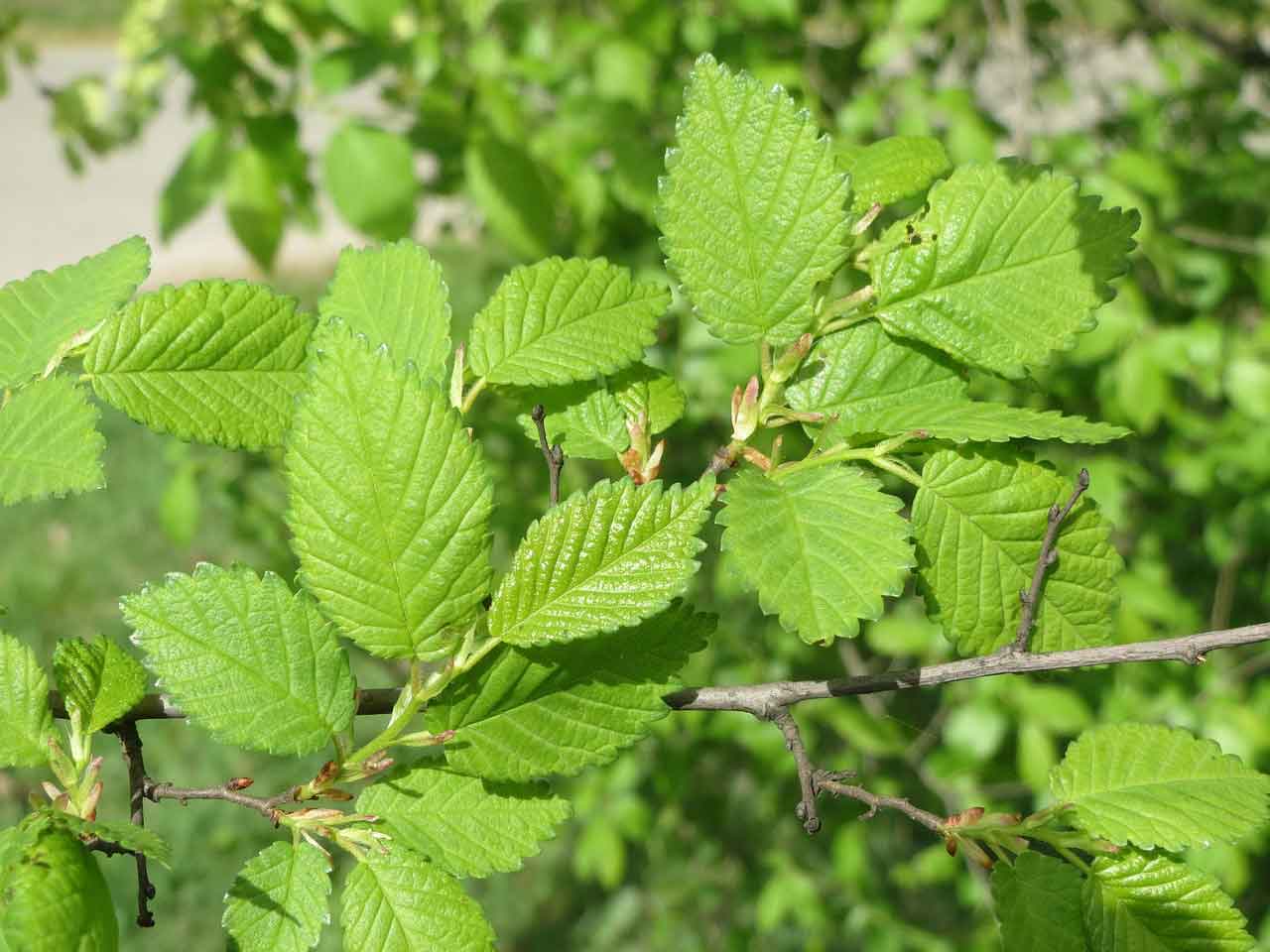Slippery Elm (Ulmus rubra): Nature's Soothing Herbal Remedy
Slippery Elm, scientifically known as Ulmus rubra, is a tree native to North America that has been used for centuries as a natural remedy for various ailments. With its unique mucilaginous properties and rich nutritional profile, Slippery Elm has gained recognition for its soothing and healing effects on the body. In this article, we will delve into the fascinating world of Slippery Elm, exploring its botanical features, historical uses, active constituents, and potential health benefits.
Botanical Features:
Slippery Elm is a deciduous tree that can grow up to 60-80 feet tall. It has a broad, spreading crown and dark reddish-brown bark that becomes deeply furrowed with age. The leaves of Slippery Elm are alternate, oval-shaped, and serrated at the edges. Inconspicuous flowers appear in the spring, followed by small, flattened samaras that contain the tree's seeds. Slippery Elm is named for its inner bark, which becomes slippery and mucilaginous when mixed with water.
Historical Uses:
The Native American tribes of North America were among the first to recognize the medicinal properties of Slippery Elm. They used the inner bark of the tree as a poultice to soothe wounds, burns, and skin irritations. It was also consumed as a tea or gruel to alleviate digestive complaints and provide nourishment during times of illness. European settlers later adopted these traditional uses and incorporated Slippery Elm into their herbal medicine practices.
Active Constituents:
The inner bark of Slippery Elm contains a range of beneficial constituents that contribute to its therapeutic effects. The primary active component is mucilage, a gel-like substance that gives Slippery Elm its slippery texture when mixed with water. Mucilage is composed of polysaccharides, including pentosans and hexosans, which provide a protective and soothing coating to the mucous membranes.
Potential Health Benefits:
1. Digestive Health: Slippery Elm has long been revered for its ability to soothe and protect the digestive system. When consumed, the mucilage in Slippery Elm forms a protective layer along the gastrointestinal tract, reducing inflammation and irritation. It can provide relief from conditions such as gastritis, acid reflux, ulcerative colitis, and irritable bowel syndrome.
2. Sore Throat and Cough Relief: Slippery Elm's soothing properties extend to the respiratory system. It can help alleviate sore throat, cough, and respiratory irritations by coating the throat with its mucilaginous layer, reducing inflammation, and promoting healing.
3. Skin Healing: The mucilage of Slippery Elm has emollient and anti-inflammatory properties, making it beneficial for various skin conditions. It can be applied topically to soothe and heal wounds, burns, rashes, and skin irritations.
4. Gastroesophageal Reflux Disease (GERD) Support: Slippery Elm may provide relief for individuals suffering from GERD, a condition characterized by acid reflux and heartburn. By forming a protective barrier in the esophagus, Slippery Elm helps prevent stomach acid from irritating the delicate lining.
5. Nutritional Support: Slippery Elm is rich in vitamins, minerals, and antioxidants, providing additional nutritional support to the body. It contains vitamins B-complex, C, and K, as well as minerals like calcium, magnesium, and iron. These nutrients can help strengthen the immune system and promote overall well-being.
Usage and Preparations:
Slippery Elm is available in various forms, including powdered bark, capsules, lozenges, and extracts. Here are some common ways to use Slippery Elm:
1. Slippery Elm Tea: Steep 1-2 teaspoons of powdered Slippery Elm bark in hot water for 10-15 minutes. Drink it up to three times a day to soothe the digestive system or relieve respiratory symptoms.
2. Slippery Elm Poultice: Mix powdered Slippery Elm bark with water to form a paste. Apply the paste to skin irritations, burns, or wounds to promote healing and reduce inflammation.
3. Slippery Elm Capsules or Extracts: Follow the instructions on the product packaging for the recommended dosage.
Precautions and Considerations:
While Slippery Elm is generally safe for most people, there are a few considerations to keep in mind:
1. Allergic Reactions: Some individuals may be allergic to Slippery Elm. If you experience any signs of an allergic reaction, such as itching, swelling, or difficulty breathing, discontinue use and seek medical attention.
2. Medication Interactions: Slippery Elm may interfere with the absorption of certain medications. If you are taking any medications, consult with your healthcare provider before using Slippery Elm.
3. Pregnancy and Breastfeeding: Limited information is available on the safety of Slippery Elm during pregnancy and breastfeeding. It is advisable to consult with a healthcare professional before using Slippery Elm if you are pregnant or nursing.
In conclusion, Slippery Elm is a versatile herbal remedy that offers numerous potential health benefits. From soothing the digestive system to providing relief for respiratory ailments and supporting skin healing, Slippery Elm has been valued for its gentle yet effective properties. As with any herbal supplement, it is advisable to consult with a healthcare professional before incorporating Slippery Elm into your wellness routine.




0 Comments